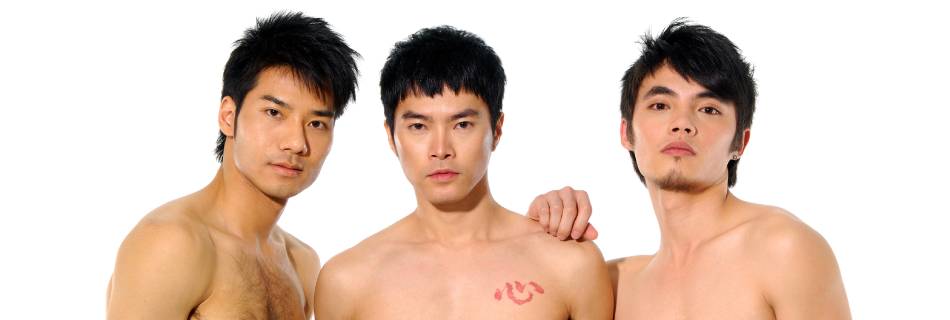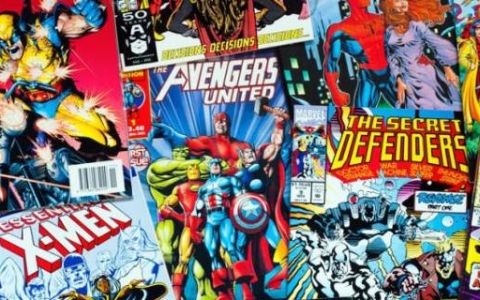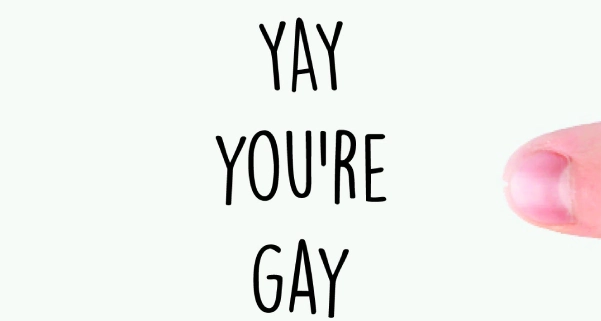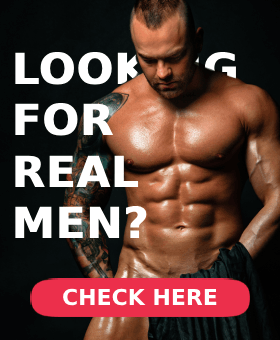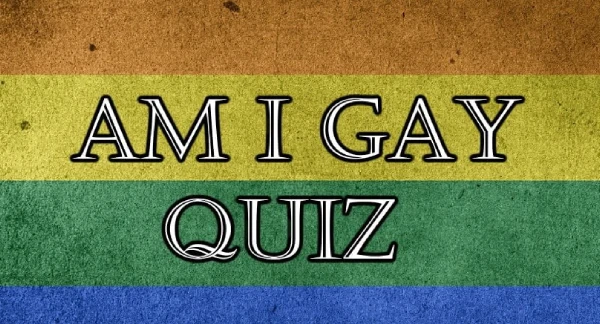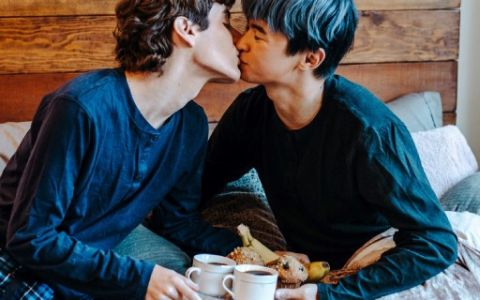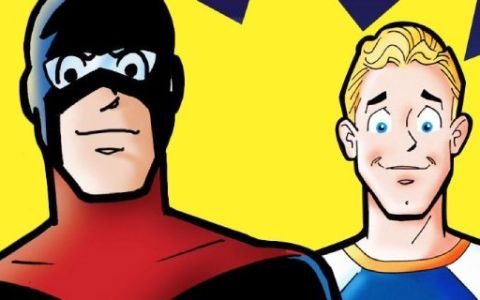Gay fashion refers to clothing and accessories that are commonly associated with the LGBTQ+ community. It often involves bright colors, bold patterns, and unique styles that challenge traditional gender norms and embrace individuality. Gay fashion can also include drag fashion, which involves exaggerated and theatrical clothing and makeup, as well as fetish wear, which is clothing designed for sexual and BDSM activities. Overall, gay fashion is about expressing oneself and celebrating diversity and inclusivity within the LGBTQ+ community.
The Concept of Gay Fashion
Gay fashion is a term that refers to clothing and accessories that are designed and worn by members of the LGBTQ+ community. It is a way of expressing oneself through fashion, and it has become an increasingly popular trend in recent years. Gay fashion is not just limited to clothing and accessories that are specifically designed for the LGBTQ+ community, but it also includes clothing and accessories that are traditionally associated with gender roles. Gay fashion is about breaking down barriers and embracing individuality, regardless of one's sexual orientation or gender identity. It is a celebration of diversity and creativity, and it has become an integral part of the fashion industry. Whether you are a member of the LGBTQ+ community or an ally, gay fashion is a way to express your unique identity and show your support for equality and inclusion.
The Role of Fashion in the LGBTQ+ Community
Fashion has played a significant role in the LGBTQ+ community for decades. It has been used as a tool for self-expression and as a means of empowerment. For many members of the community, fashion is a way to express their identity and to break free from traditional gender norms.
In the past, fashion played a crucial role in helping the LGBTQ+ community to come together and form a cohesive identity. It was a way for people to identify each other and to express their shared values and beliefs. Today, fashion continues to play a vital role in the community, with designers creating clothing lines specifically for LGBTQ+ individuals.
Fashion has also been used as a form of protest and activism within the community. From the Stonewall riots to the modern-day Pride parades, fashion has been used to make a statement and to fight for equality. Many LGBTQ+ individuals use fashion to challenge gender norms and to push for greater acceptance and visibility.
Overall, fashion is an essential part of the LGBTQ+ community. It is a way for individuals to express themselves, to connect with others, and to fight for their rights. As the community continues to evolve, fashion will undoubtedly play an important role in shaping its future.
The History of Gay Fashion and Its Evolution
The history of gay fashion is a fascinating one, and it has evolved over time to become a powerful symbol of LGBTQ+ identity and culture. In the early days of the gay rights movement, fashion was a way for gay men to express their identity and to stand out from the mainstream. This often took the form of flamboyant outfits, bold colors, and glittering accessories.
In the 1970s and 1980s, the gay fashion scene became more diverse, with different subcultures emerging. Leather and denim became popular among the gay community, particularly among those who identified as bears or leathermen. Punk and new wave fashion also had a strong influence on the gay scene, with many gay men adopting the edgy look of punk rockers.
In the 1990s, gay fashion became more mainstream, with designers like Jean-Paul Gaultier and Tom Ford incorporating elements of gay culture into their collections. This was also the era of the "clone" look, where gay men adopted a more masculine, "straight-acting" appearance.
Today, gay fashion is more varied than ever, with an emphasis on individuality and self-expression. Many LGBTQ+ designers and brands have emerged, creating clothing that is specifically tailored to the needs and tastes of the community. From drag queens to gender-nonconforming individuals, gay fashion has become a powerful tool for self-expression and identity.
Stereotypes and Misconceptions About Gay Fashion
There are many stereotypes and misconceptions about gay fashion that can be harmful and limiting. One common misconception is that all gay men are fashion experts and that they all dress in a flamboyant and over-the-top manner. This stereotype can be damaging because it can create pressure for gay men to conform to a certain fashion style, even if it doesn't reflect their true personality or interests.
Another stereotype is that all gay men are interested in high-end designer fashion and luxury brands. While it's true that some gay men may have a passion for designer fashion, this is certainly not true for everyone. In fact, many gay men may prefer more casual or affordable fashion styles, just like anyone else.
It's important to recognize that there is no one "gay fashion" style that applies to all gay men. Just like any other group of people, gay men have diverse interests, personalities, and fashion preferences. Rather than relying on stereotypes and assumptions, it's important to celebrate and embrace the diversity of gay fashion and the individuality of each person.
The Impact of Gay Fashion on Mainstream Fashion
Gay fashion has had a significant impact on mainstream fashion. The fashion industry has always been a reflection of society, and as LGBTQ+ rights have progressed, so has the representation of LGBTQ+ individuals in fashion.
Gay fashion has often been associated with bold colors, patterns, and statement pieces. These elements have been incorporated into mainstream fashion, and we see them on runways and in stores all over the world. The androgynous look, which was once considered taboo, is now a trend that has been embraced by many fashion designers and consumers alike.
The impact of gay fashion on mainstream fashion is not limited to just clothing. The LGBTQ+ community has also influenced the beauty industry, with many queer-owned brands creating inclusive products for all skin tones and gender expressions.
Furthermore, the acceptance of gay fashion has paved the way for genderless and non-binary fashion, which has become increasingly popular in recent years. Gay fashion has also challenged traditional gender roles and encouraged individuals to express themselves through their clothing, regardless of societal norms.
Overall, the impact of gay fashion on mainstream fashion has been significant and positive. By embracing diversity and inclusivity, the fashion industry has become more representative of society, and we can expect this trend to continue in the future.
